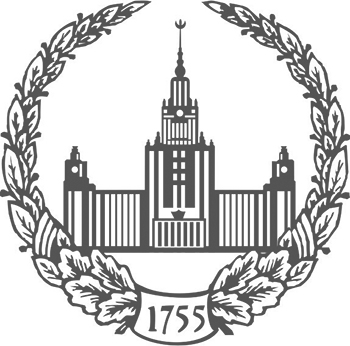ISSN: 2074-8132

ISSN: 2074-8132

Introduction. This paper discusses the results of the analysis of intra- and inter-population variability in spatial and temporal aspects among the indigenous population of the Republic of Tuva, who have preserved to a certain extent the traditional way of life.
Materials and methods. The material for the article is the results of complex anthropological expeditions of the Anuchin Research Institute and the Museum of Anthropology to the Republic of Tuva, implemented in the period from 2016 to 2022 in cooperation with Tuva State University and the Medical Genetic Research Center.
Results and discussion. According to the results of the conducted research, the existing ideas about the structure of intergroup variability of related Altai-Sayan peoples (Tuvans, Tuvans-Todzhins, Tsaatans, Altaians) have been expanded, the anthropological and genetic community of Tsaatans and the indigenous population of Tuva has been confirmed. Also, for the population of the republic over the past 40 years, the detected maladaptive changes caused by socio-cultural changes and violation of the traditional way of life have been described for the first time. Among other things, a significant (2.5-3 years) acceleration of ontogenesis in the younger generation was shown in both urban and rural conditions, an increase in total body size (secular trend), acceleration of puberty, changes in body composition, which confirms a violation of adaptation in the populations of the indigenous Tuvan population. Based on the latest data obtained, data on changes in the structure of intra-population variability and manifestations of the secular trend in most regions of the Republic have been confirmed and supplemented.
Conclusion. The further task of anthropological research of an ethnogenetic orientation is to assess as many aspects as possible that fall under the influence of the described factors, both in Tuvan and in other groups. © 2024. This work is licensed under a CC BY 4.0 license
Introduction. The article presents the results of a comparative analysis of descriptive traits of indigenous peoples of Kyrgyzstan, Kalmykia, South Siberia and Western Mongolia.
Materials and methods. The data were collected during comprehensive anthropological expeditions in 2013-2017 in the populations of Sart-Kalmaks, Kalmyks, Mongols, Tuvinians, and Altaians. The program included following descriptive characteristics: the shape of legs was noted in the body structure, the pigmentation of skin, hair and eyes, the shape of hair and the development of tertiary hair on the face and chest in men were determined in the racial-diagnostic complex. Standard scales, point characteristics, and the method of generalized photographic portraits were used.
Results. It is shown that all studied groups are close to each other by the totality of descriptive features, while ethnic groups with the greatest Caucasoid admixture in their genesis deviate towards lighter shades of skin, eyes and hair. The occurrence of O-shaped legs, especially in men, correlates with genetic and historical data on the presence or absence of a Caucasoid component. Generalized photographic portraits of each sub-ethnic group confirm the general similarity of anthropological appearance due to the manifestation of a single racial component in all series.
Discussion. In general, according to descriptive features, all studied individuals are bright representatives of different anthropological types of the large mongoloid race and are characterized by darkly pigmented hair and eyes. New information for anthropological differentiation was introduced by the study of the shape of legs, associated with the frequency of occurrence of the O-shape. The application of the method of generalized photographic portraits allowed to make a more complete picture of the appearance of representatives of the studied ethnic groups. © 2025. This work is licensed under a CC BY 4.0 license
